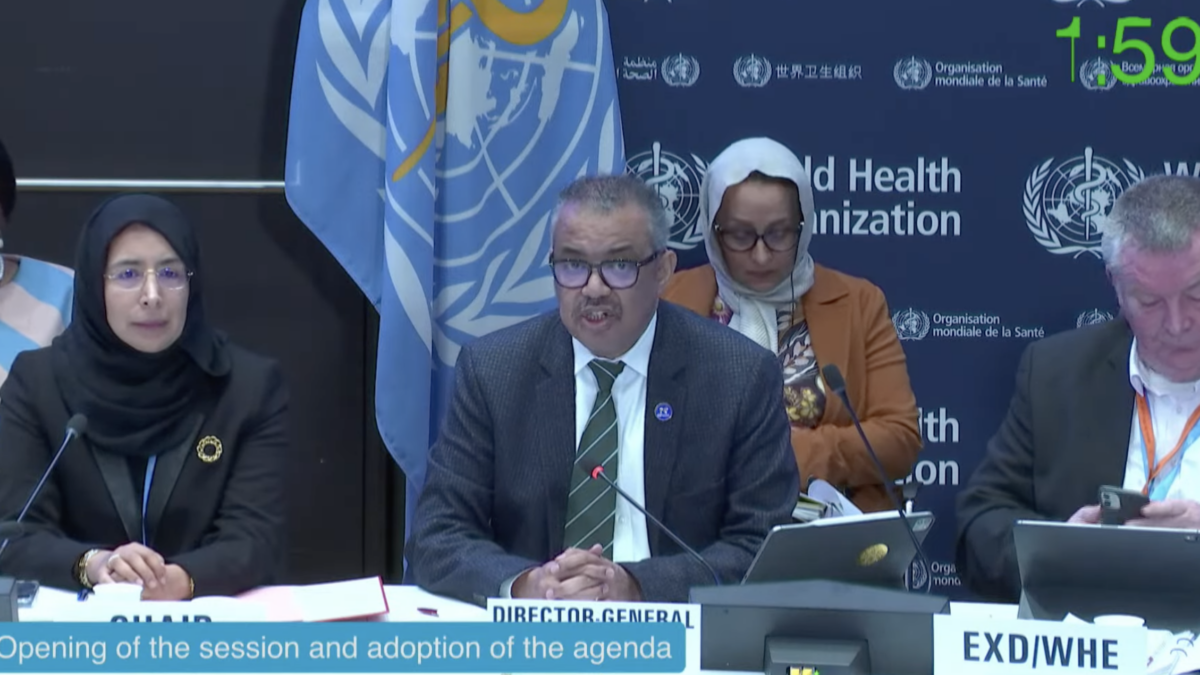Last week, while all attention was focused on the New Hampshire primary, the U.S. Supreme Court issued an order that could have far-reaching consequences for the destiny of the republic.
With just one succinct paragraph, the Supreme Court stayed the Environmental Protection Agency (EPA) from implementing its so-called “Clean Power Plan,” which mandates a 32 percent reduction in carbon-dioxide emissions from the nation’s power plants. The order halts those rules from taking effect until the legal challenges have been fully resolved.
It’s hard to overstate the significance of this order. While not a final ruling on the merits, the high court will typically not halt a challenged rule unless they think it is likely to ultimately be struck down. This means that a majority of the justices take the legal arguments against the Clean Power Plan very seriously.
Even more importantly, the EPA can’t begin to force compliance with the rule before its legality is resolved, a major relief to generators. In the past, the EPA has sometimes been able to win even when its regulations lose in court.
Last year, for example, the Supreme Court invalidated an EPA regulation governing mercury emissions from power plants. But by the time the rule was invalidated, power plants had already made the expenditures necessary to comply with the rule. Given the extent to which electrical generators have to make long-term plans to decide how to expand or retrofit their plants, it’s likely the same thing would’ve happened if the Clean Power Plan had gone ahead before the lawsuit was resolved.
A Limit to Executive Tyranny
But perhaps the biggest implication of the court’s order is what it means for the growing tendency of presidents to govern via executive order. Over the last few years, President Obama has employed a conscious strategy to use executive action to circumvent the legislative branch. “We’re not just going to be waiting for legislation in order to make sure that we’re providing Americans the help they need,” the president told his cabinet in 2014. “I’ve got a pen and I’ve got a phone, and I can use that pen to sign executive orders and take executive actions.”
He wasn’t kidding. Despite supermajorities in Congress during the beginning of his term, Obama was unable to get his cap-and-trade plan passed through Congress. So instead came the Clean Power Plan, which allows states to comply with federally imposed emissions targets by enacting a cap-and-trade program. Similarly, Obama announced in 2012 that he was taking executive action on immigration, refusing to deport illegal immigrants who had come into the country as minors. The specifics of the action were broadly similar to parts of the DREAM Act, which Congress had rejected.
For a while, this strategy seemed to be working. Congress’ attempts to stand up for its legislative prerogatives went nowhere. Both supporters and critics of the Obama administration were writing about Congress as if it were a vestigial organ, something that had once served a purpose but was no longer needed for the government to function.
Writing in Vox, Dylan Matthews predicted “a continuation of the executive’s gradual consolidation of power until the presidency is something like an elective dictatorship.” Former state judge Andrew Napolitano similarly wondered whether the administration’s increasing resort to rule by executive order would “deliver us to tyranny.”
Congress Should Stop Relying on Courts
The courts, however, have taken a dimmer view of these bold exercises of executive power. Last November, a federal appeals court halted the administration’s executive action on immigration, and that case too will be decided by the Supreme Court. Should the court strike down one or both of the regulations, this will be a clear indication that there are limits to executive-made law, and that the president can’t treat legislative approval of his plans as optional.
Congress, however, shouldn’t be content to let states and the courts fight its battles. In the long run, the only way to ensure that the legislature plays its intended role in the constitutional balance of powers is if Congress itself reasserts its role as the source of legislation.







